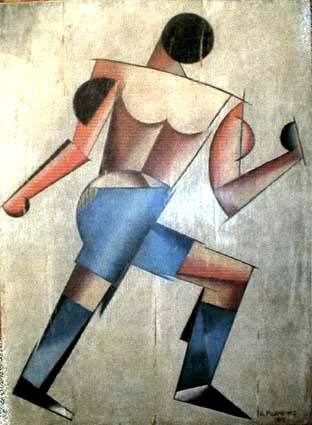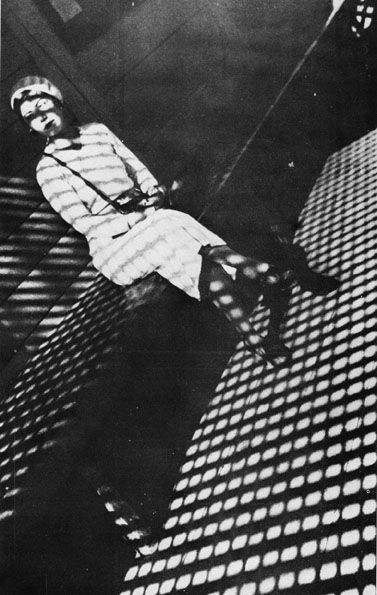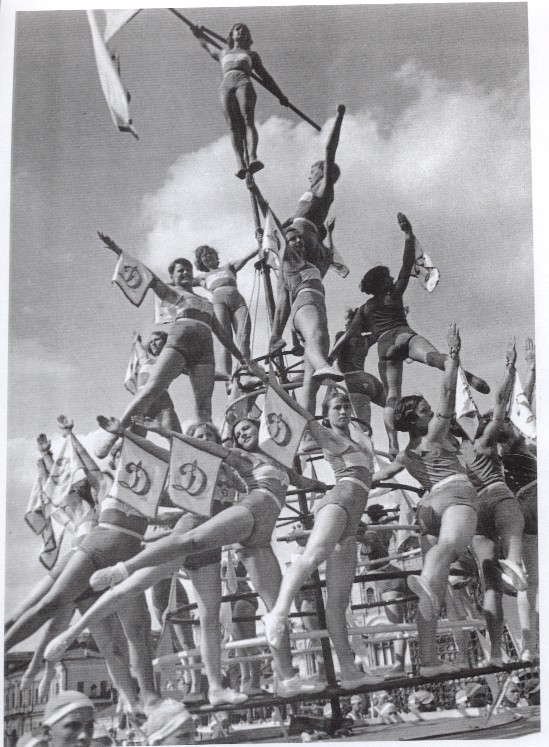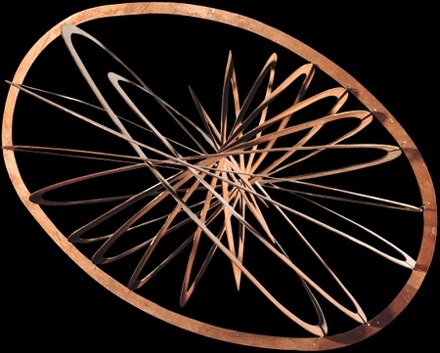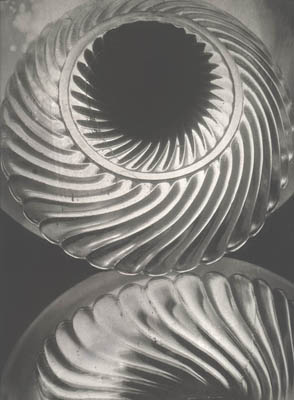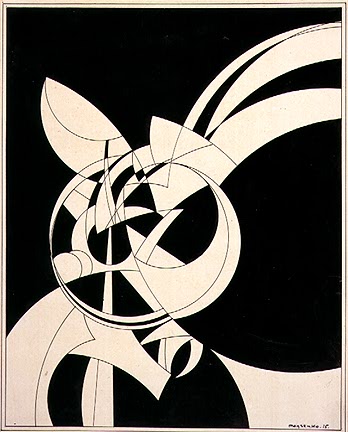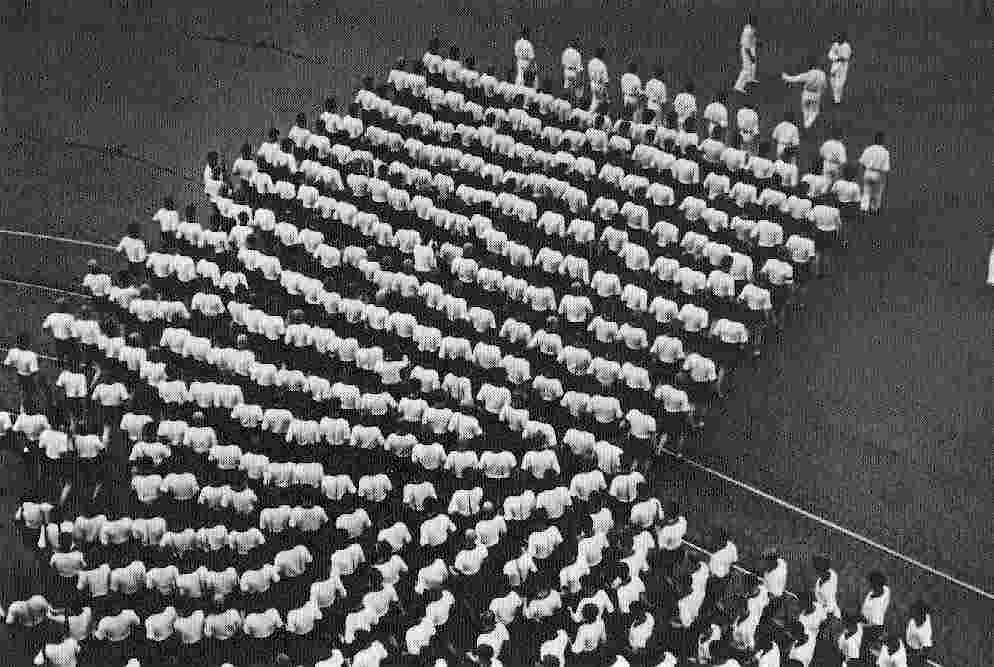Largely abstract, using visual elements as parts of works that are "constructed" or assembled rather than painted or carved as in most historic fine art, Constructivism really took off after the Russian Revolution of 1917, and can be seen in much Bauhaus design. Constructivism was a modernist movement, originally in painting and later in sculpture and architecture, calling for the use of materials such as glass, wood, paper, and wire, instead of paints, crayons, and the like, and emphasizing the role of art as an instrument for construction. Art in constructivism is typically geometric, massive, and three-dimensional. Aleksandr Rodchenko, a selection of whose works appear below, was a leading Russian Constructivist. Naum Gabo, Antoine Pevsner, and El Lissitzky brought Constructivism from the Soviet Union to the West. Laszlo Moholy-Nagy came to Germany from Hungary, Theo van Doesburg from the Netherlands. Ben Nicolson was the most prominent English Constructivist. Josef Albers and Hans Richter were also instrumental in its international dissemination.
